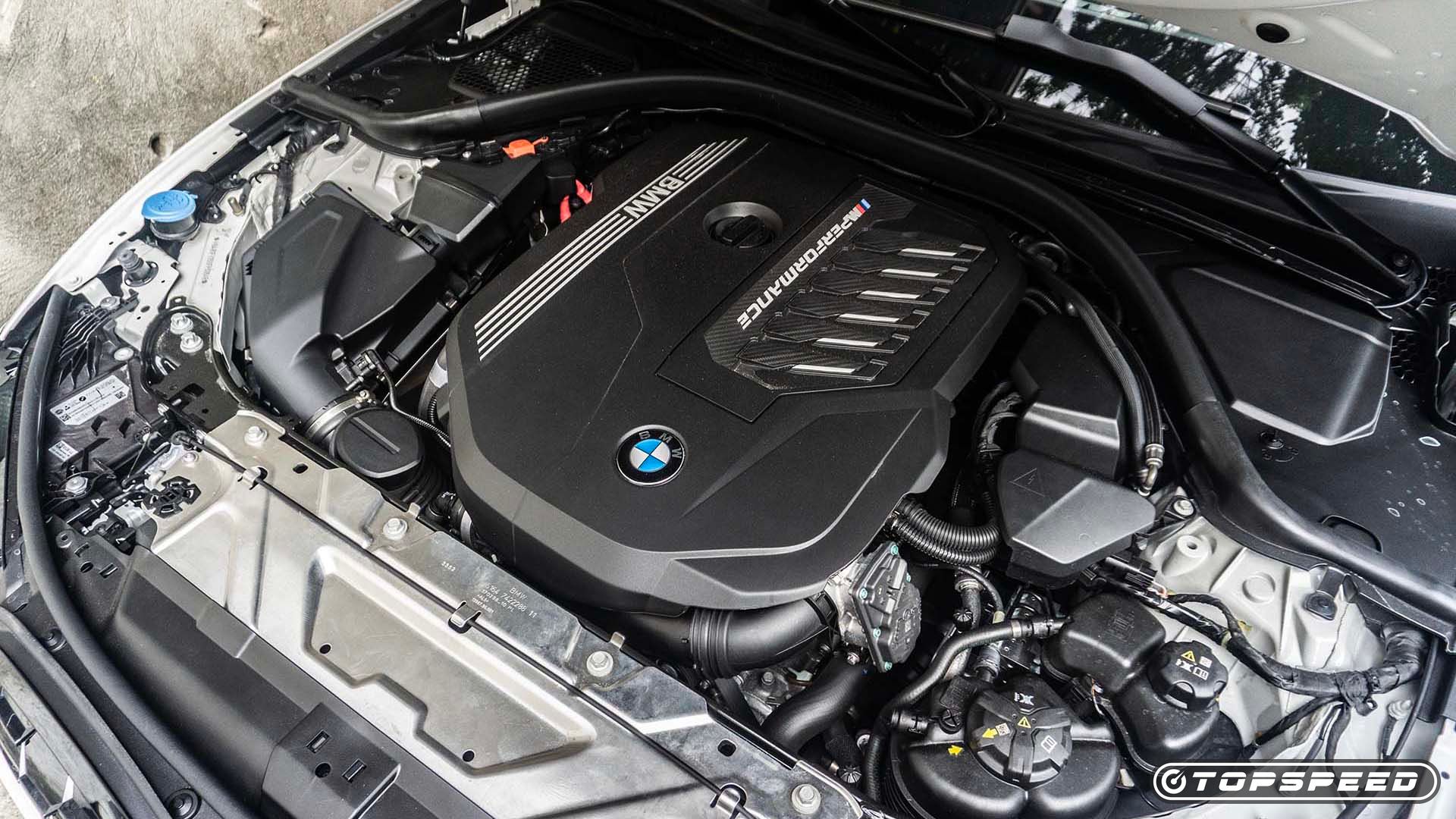Unveiling the Keys Behind the Power of the BMW Engine
Wiki Article
Checking Out the Advancement of Combustion Engines in Modern Transportation Solutions
As we browse the landscape of contemporary transport, the development of combustion engines stands as a testimony to human ingenuity and design prowess. The interplay of history, technology, and ecological worries in shaping the trajectory of burning engines creates a narrative that is both insightful and engaging.Very Early Beginnings of Combustion Engines
Just how did the concept of combustion engines first arise in the onset of transport advancement? The origins of combustion engines can be mapped back to the 17th century when the concepts of interior combustion were first discovered. In 1673, Christian Huygens conceived a standard interior burning engine that utilized gunpowder to produce power. It had not been till the late 19th century that sensible applications of combustion engines in transportation started to arise.The development moment included the development of the first successful gasoline-powered engine by Karl Benz in 1885 - bmw engine. This engine led the way for the growth of the modern automobile, changing transportation systems worldwide. Subsequent technologies by Nikolaus Otto and Gottlieb Daimler better improved burning engine innovation, causing the automation of automobiles and the fast expansion of the transport sector
These early combustion engines were defined by their simpleness and performance, laying the structure for the facility and powerful engines made use of in contemporary transport systems. The development of burning engines has been instrumental fit the way we travel and transport items, marking a considerable milestone in the background of transport advancement.
Change to Internal Burning Innovation
The shift to inner combustion technology marked an essential shift in the development of transportation systems. This change started in the late 19th century, with inventors like Nikolaus Otto and Gottlieb Daimler creating the very first successful inner combustion engines. These engines transformed transport by providing an extra effective and effective choice to vapor engines and electric motors.Among the crucial advantages of inner combustion engines was their capacity to be scaled down to suit automobiles, leading to the advancement of motorbikes and autos. This shift from cumbersome, fixed engines to portable, mobile ones led the way for the contemporary transport systems we see today.
The shift to internal combustion modern technology also stimulated innovations in gas technology, bring about the development of fuel and diesel as main fuel sources for cars. This shift not just made transport a lot more available to the masses however likewise laid the structure for the oil and gas market to come to be integral to worldwide economic situations.
Influence of Combustion Engines on Transport
The fostering of combustion engines in transport systems catalyzed an extensive shift in the efficiency and speed of worldwide mobility. Combustion engines changed transportation by supplying a functional and reliable resource of power for various automobiles, consisting of cars, trucks, ships, and aircrafts. This innovation substantially improved the ability for goods and people to relocate over cross countries in shorter time frames, bring about increased connection between areas and countries.Additionally, the extensive use combustion engines has had a substantial effect on economic development. The capability to move goods efficiently has stimulated profession and business, enabling services to broaden their markets and reach consumers worldwide. This has actually helped with financial growth and globalization, as products can currently be carried faster and in larger quantities than in the past.
However, the environmental impact of combustion engines can not be forgotten. The burning of nonrenewable fuel read review sources has actually resulted in air contamination and greenhouse gas exhausts, adding to environment adjustment and posing health and wellness risks to populaces. bmw engine. Consequently, there is a growing emphasis on establishing alternate propulsion modern technologies to reduce these unfavorable results and create a much more lasting future for transport
Technologies in Combustion Engine Layout
One view publisher site noteworthy innovation is the growth of turbocharged engines, which make use of exhaust gases to drive a generator that compresses inbound air, allowing for even more gas to be scorched, resulting in raised power result without a significant rise in engine size. Variable shutoff timing systems have additionally transformed engine layout by optimizing air movement at various engine rates, boosting both power and efficiency. These developments jointly contribute to the continual renovation of burning engines in modern transport systems.Future Trends in Combustion Engine Advancement
With innovation developments driving continual technology, the future of combustion engine growth is poised to revolutionize transport systems globally. One of the essential patterns in burning engine development is the press in the direction of higher performance and decreased exhausts.An additional famous trend is the fostering of hybrid innovations in combustion engines. Hybrid engines combine conventional combustion innovation with electrical power, using boosted fuel efficiency and reduced exhausts. As the vehicle industry changes in the direction of electrification, crossbreed combustion engines are seen as a transitional solution that connects the void in between standard cars and completely electric ones.
In addition, the assimilation of clever innovations, such as expert system and information analytics, is expected to play a substantial role in the future of combustion engine development. These modern technologies can optimize engine performance in real-time, leading to extra effective burning processes and enhanced general lorry performance. Accepting these future trends will not only drive innovation in combustion engine development however likewise add to a more environmentally friendly and lasting transportation community.

Conclusion
In conclusion, the evolution of combustion engines in contemporary transportation systems has been noted by substantial advancements in innovation and design. From the early beginnings of burning engines to the shift to interior combustion modern technology, these engines have had a this website profound effect on transportation.The roots of burning engines can be traced back to the 17th century when the concepts of interior combustion were initial explored. These engines transformed transport by using a more effective and reliable option to vapor engines and electric motors.

Report this wiki page